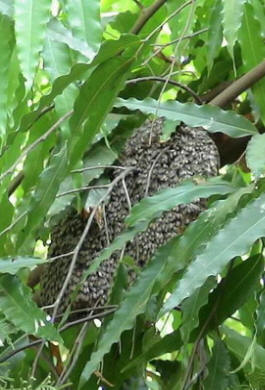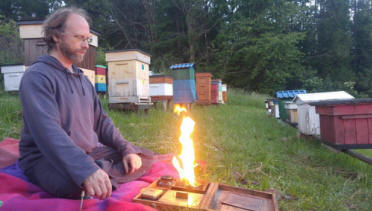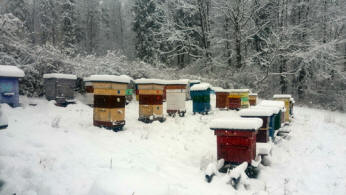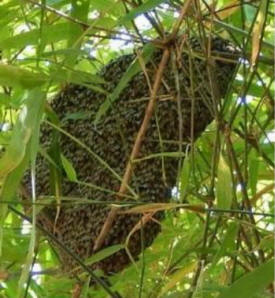Your cart is currently empty!
Scientific Aspects of Agnihotra: Animals – Bees
|
In Agriculture, there are three helpers from the animal kingdom. |
|||
 |
|||
| About three-quarters of our crops are pollinated by bees and other insects and these crops would produce fewer flowers and fruits without this pollination. Around one third of our food crops would produce significantly less or no food at all without pollination. Bees are the most important pollinators. Especially in the last decade honey bees were dying on a mass scale in all parts of the world. Reasons are not scientifically clearly examined, but most likely it is a combination of different factors like monoculture, pesticides, varroa mite, ecological stress (e.g. because of climate change), loss of natural habitats (especially for the wild bees). In agricultural areas where Homa Therapy is applied, a healthy and pure atmosphere is created, quite favorable as a habitat for bees. Bees adapt easily in a Homa environment and they can develop without attack of pathogenic agents. They have a lot of food available, due to the continuous flowering of the crops, with a high content of nectar and propolis achieved through the effect of Homa Therapy and the Agnihotra ash. This makes the whole Homa area a highly favourable place. Add to this the availability of clean water and the healing energy generated by the Homa fires. The work of the Homa farmer is complemented by the work of the bees. They contribute to agriculture with the pollination of fruit crops, horticulture, in forestry in general and also to cattle and dairy farming by pollinating the pastures. They also produce honey-combs containing high quality honey, pollen, wax, propolis and royal jelly, categorized as food and medicine through the Homa Therapy effects. The Homa farmer and the bees work together with nature, the bees doing their prodigious work to aid the preservation of the plant kingdom.
Honey bees in Homa Atmosphere |
|||
|
|
Rory continues: "In Homa Beekeeping only natural treatments are allowed and no chemicals should be used in the landscape or within the hive. Even if bees forage from areas where conventional farming methods are used, the creation of a Homa atmosphere and use of Agnihotra ash can strengthen bees and neutralize the negative effects of agrochemicals. |
|||||
|
|||||
|
Wild bees in Homa Atmosphere
Besides honey bees also other insects are doing the work of pollination. Most important are bumblebees and wild bees. |
 |
||||
| Nobody ever brought them to the farm. They are attracted by the lush green gardens, many trees and flowers, all over the farm, providing an ideal environment for them to live. Bruce Johnson from Tapovan sent these photos showing Wild Bees which settled down in Tapovan to create their hives in the trees and produce good Homa honey.
(Photos above and below: wild bees’ hives in Tapovan, India.) |
|||||
|
||
|
Bees in Homa Atmosphere So far we reported about experience of bees in Homa Atmosphere. Scientific examination of these places – including analysis of honey, wax, and bees’ health – are in the planning stage. Next step will be to have bees from same origin and place them partly in Homa Atmosphere, partly in some other place away from Homa but otherwise in similar conditions, and then check quantity and quality of honey production, health of bees, growth of the beehives, etc. |
Comments
One response to “Scientific Aspects of Agnihotra: Animals – Bees”
-
VERY GOOD INFORMATION ON AGNIHOTRA.




Leave a Reply